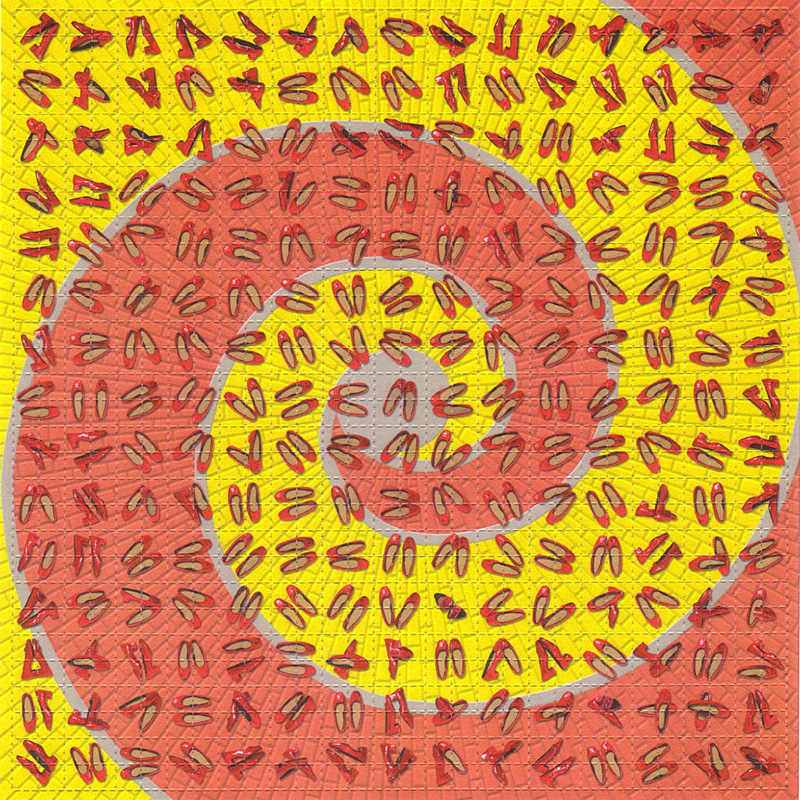|
AEM (psychedelic)
AEM (alpha-ethylmescaline or 3,4,5-trimethoxy-alpha-ethylphenethylamine) is a lesser-known psychedelic drug. It is an analog of mescaline. AEM was first synthesized by Alexander Shulgin. In his book '' PiHKAL'', the minimum dosage is listed as 220 mg, and the duration unknown. AEM produces few to no effects. Very little data exists about the pharmacological properties, metabolism, and toxicity of AEM. See also * Phenethylamine Phenethylamine (PEA) is an organic compound, natural monoamine alkaloid, and trace amine, which acts as a central nervous system stimulant in humans. In the brain, phenethylamine regulates monoamine neurotransmission by binding to trace amin ... * Psychedelics, dissociatives and deliriants References Psychedelic phenethylamines {{Psychoactive-stub ... [...More Info...] [...Related Items...] OR: [Wikipedia] [Google] [Baidu] |
Psychedelics, Dissociatives And Deliriants
Hallucinogens are a large, diverse class of psychoactive drugs that can produce altered states of consciousness characterized by major alterations in thought, mood, and perception as well as other changes. Most hallucinogens can be categorized as either being psychedelics, dissociatives, or deliriants. However, certain hallucinogens such as Fly agaric as well as other gabaergic hallucinogenics are more often considered to technically be hypnotics, therefore indicating another separate subcategory of drugs which can substantially alter visual perception. Etymology The word ''hallucinogen'' is derived from the word ''hallucination''. The term ''hallucinate'' dates back to around 1595–1605, and is derived from the Latin ''hallūcinātus'', the past participle of ''(h)allūcināri'', meaning "to wander in the mind." Characteristics Leo Hollister gave five criteria for classifying a drug as hallucinogenic.Glennon RA. Classical drugs: an introductory overview. In Lin GC and Gle ... [...More Info...] [...Related Items...] OR: [Wikipedia] [Google] [Baidu] |
Analog (chemistry)
A structural analog (analogue in modern traditional English; Commonwealth English), also known as a chemical analog or simply an analog, is a compound having a structure similar to that of another compound, but differing from it in respect to a certain component. It can differ in one or more atoms, functional groups, or substructures, which are replaced with other atoms, groups, or substructures. A structural analog can be imagined to be formed, at least theoretically, from the other compound. Structural analogs are often isoelectronic. Despite a high chemical similarity, structural analogs are not necessarily functional analogs and can have very different physical, chemical, biochemical, or pharmacological properties. In drug discovery, either a large series of structural analogs of an initial lead compound are created and tested as part of a structure–activity relationship study or a database is screened for structural analogs of a lead compound. Chemical analogues of il ... [...More Info...] [...Related Items...] OR: [Wikipedia] [Google] [Baidu] |
Mescaline
Mescaline or mescalin (3,4,5-trimethoxyphenethylamine) is a naturally occurring psychedelic protoalkaloid of the substituted phenethylamine class, known for its hallucinogenic effects comparable to those of LSD and psilocybin. Biological sources It occurs naturally in several species of cacti. It is also found in small amounts in certain members of the bean family, Fabaceae, including ''Acacia berlandieri''. However those claims concerning ''Acacia'' species have been challenged and have been unsupported in any additional analysis. History and use Peyote has been used for at least 5,700 years by Indigenous peoples of the Americas in Mexico. Europeans noted use of peyote in Native American religious ceremonies upon early contact, notably by the Huichols in Mexico. Other mescaline-containing cacti such as the San Pedro have a long history of use in South America, from Peru to Ecuador. While religious and ceremonial peyote use was widespread in the Aztec empire and northern M ... [...More Info...] [...Related Items...] OR: [Wikipedia] [Google] [Baidu] |
Alexander Shulgin
Alexander Theodore "Sasha" Shulgin (June 17, 1925 – June 2, 2014) was an American medicinal chemist, biochemist, organic chemist, pharmacologist, psychopharmacologist, and author. He is credited with introducing 3,4-methylenedioxymethamphetamine (MDMA, commonly known as "ecstasy") to psychologists in the late 1970s for psychopharmaceutical use and for the discovery, synthesis and personal bioassay of over 230 psychoactive compounds for their psychedelic and entactogenic potential. In 1991 and 1997, he and his wife Ann Shulgin compiled the books '' PiHKAL'' and ''TiHKAL'' (standing for ''Phenethylamines'' and ''Tryptamines I Have Known And Loved''), from notebooks that extensively described their work and personal experiences with these two classes of psychoactive drugs. Shulgin performed seminal work into the descriptive synthesis of many of these compounds. Some of Shulgin's noteworthy discoveries include compounds of the 2C* family (such as 2C-B) and compounds of t ... [...More Info...] [...Related Items...] OR: [Wikipedia] [Google] [Baidu] |
Phenethylamine
Phenethylamine (PEA) is an organic compound, natural monoamine alkaloid, and trace amine, which acts as a central nervous system stimulant in humans. In the brain, phenethylamine regulates monoamine neurotransmission by binding to trace amine-associated receptor 1 (TAAR1) and inhibiting vesicular monoamine transporter 2 (VMAT2) in monoamine neurons. To a lesser extent, it also acts as a neurotransmitter in the human central nervous system. In mammals, phenethylamine is produced from the amino acid L-phenylalanine by the enzyme aromatic L-amino acid decarboxylase via enzymatic decarboxylation. In addition to its presence in mammals, phenethylamine is found in many other organisms and foods, such as chocolate, especially after microbial fermentation. Phenethylamine is sold as a dietary supplement for purported mood and weight loss-related therapeutic benefits; however, in orally ingested phenethylamine, a significant amount is metabolized in the small intestine by monoami ... [...More Info...] [...Related Items...] OR: [Wikipedia] [Google] [Baidu] |

